With the Filter tool ( icon) you can open the filter toolbar. Draw offers eleven filter effects. A filter works on the current view of an object and they can be combined. Filters always apply to the entire graphic – it is not possible to use filters to edit only a part of the object.
icon) you can open the filter toolbar. Draw offers eleven filter effects. A filter works on the current view of an object and they can be combined. Filters always apply to the entire graphic – it is not possible to use filters to edit only a part of the object.

|
Invert. The colors of an image will be inverted (reversed) so that it appears as a color negative of the image.
 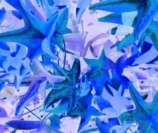
|

|
Smooth reduces the contrast between neighboring pixels and produces a slight lack of sharpness. If you use the filter several times in a row, the effect will be strengthened.
 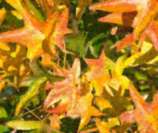 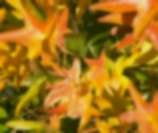
|

|
Sharpen increases the contrast between neighboring pixels, emphasizing the brightness difference. This will accentuate the outlines. The effect will be strengthened if you apply the filter several times in a row.
 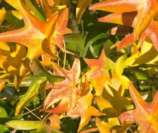 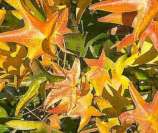
|

|
Remove noise. The filter reduces noise, in which every pixel is compared with its neighbors, and the extreme values (those that deviate in color by a large amount from a mean value) are replaced by a pixel with a mean color value. The amount of picture information does not increase, but because there are not so many contrast changes our brains can better recognize the resulting graphic. This filter tends to make the picture also a little more smooth.
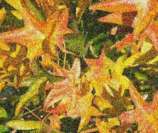 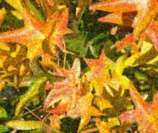 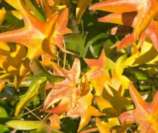
|

|
Solarization was originally a photochemical effect. If the location of the photograph is extremely highly lit, you can experience a reversal of color and brightness. Similarly, entry of light during the developing process reverses the brightness values. These phenomenon were used for artistic production of pictures.
With this effect filter you input a threshold value, above which brightness the color values are reversed (middle picture, threshold value 70%). With the Invert option the whole of the resulting picture will be inverted in color (right picture)
 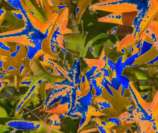 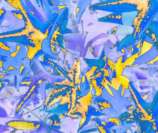
|

|
Aging lends pictures a certain “look” resembling that of old photos. The process first produces a grayscale picture from the original and then reduces the intensity of the blue and green color values, so that the final picture appears darker and redder. In the middle the aging degree was set to 0%, at right it was 15%.
 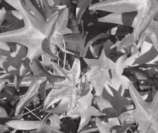 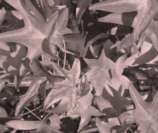
|

|
With the Posterize filter the number of colors in the picture is reduced. The fewer colors, the more flat the picture will seem. In the right picture below the number of colors was reduced to 8. The results of this filter are not always good.
 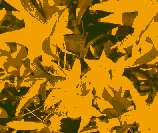
|

|
The Pop-Art filter is supposed to change the colors of the picture to a pop-art format, but unfortunately it does not seem to function correctly at present.
 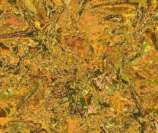
|

|
The Charcoal sketch filter makes the picture appear as if it had been drawn with charcoal. The outlines are in black and the original colors are suppressed.
 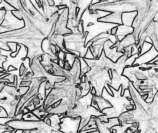
|

|
The Relief filter calculates the edges in relief of the picture and produces a picture as if illuminated by a light source, the position of the illuminating light being variable and producing shadows in different directions and magnitude.
 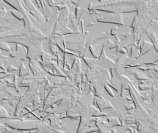
|

|
The Mosaic filter takes a number of pixels and converts them into a single color rectangular 'tile'. The whole picture is tiled and appears to be a mosaic. Both pictures below had an element resolution of 5 pixels. The picture on the right had in addition the Enhance edges option selected, and with the greater contrast at the edges appears to be a little sharper.
 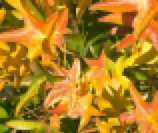 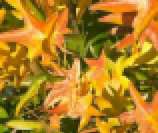
|
 |
If your picture is linked, a filter will be applied only to the current view. The stored picture is not changed. If you close the document all filtering is lost. You should ensure that you export the picture to create a copy will all the filters applied (File > Export).
|
If you have embedded the graphic in the document all filters will be applied directly on the embedded graphic. You cannot remove filtering applied to a picture. If you do not want to retain a filter you must use Edit > Undo to return to an earlier state of editing. After you save and close the document the filter effects are permanent.
![]() icon) you can open the filter toolbar. Draw offers eleven filter effects. A filter works on the current view of an object and they can be combined. Filters always apply to the entire graphic – it is not possible to use filters to edit only a part of the object.
icon) you can open the filter toolbar. Draw offers eleven filter effects. A filter works on the current view of an object and they can be combined. Filters always apply to the entire graphic – it is not possible to use filters to edit only a part of the object.


















